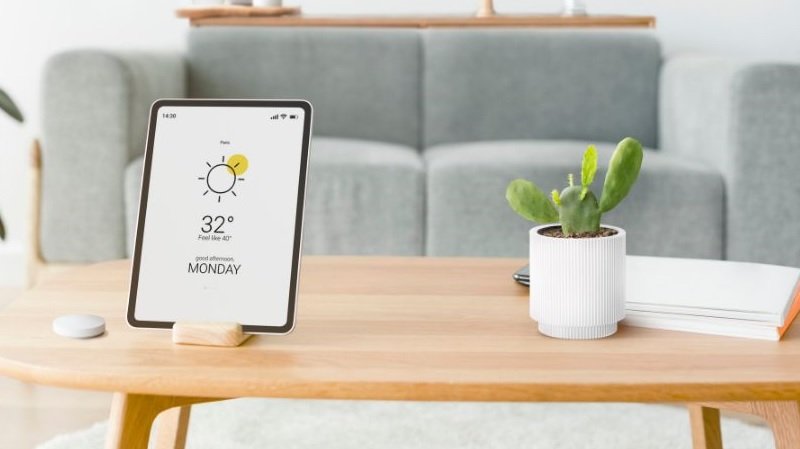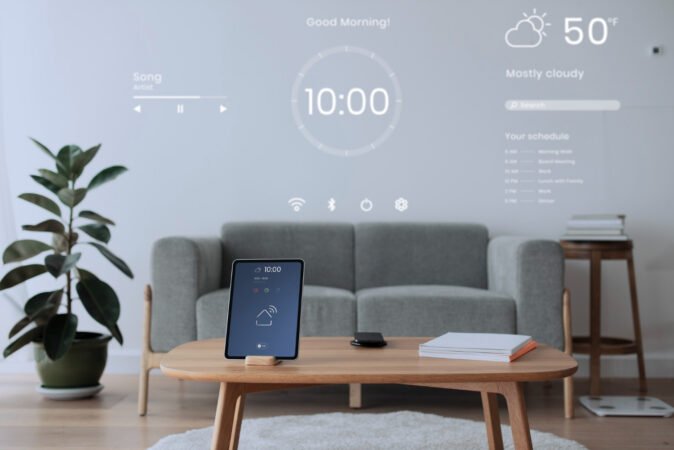Common Smart Home Automation Mistakes to Avoid
Smart home automation has revolutionized the way we live, offering convenience, energy efficiency, and enhanced security. However, in the rush to embrace the latest technology, many homeowners make common mistakes that can lead to frustrations and security vulnerabilities.

In this blog post, we’ll explore the most prevalent smart home automation mistakes and provide practical tips on how to avoid them. Let’s dive in!
Ignoring Security Measures: A Recipe for Disaster
One of the gravest errors in setting up a smart home is neglecting security measures. Since smart devices are connected to the internet, hackers could exploit vulnerabilities and gain unauthorized access to your home network. To avoid this, always change default passwords and enable two-factor authentication where possible. Additionally, keep your devices’ firmware up to date to ensure you have the latest security patches.
Compatibility Woes: Choose Devices Wisely
Not all smart devices are created equal, and compatibility issues can be a nightmare. Before making any purchases, ensure the devices you choose work seamlessly with your existing smart home ecosystem or hub. Thoroughly research compatibility information from the manufacturers or consult with a smart home professional to make informed decisions.
Overcomplicating Smart Home Automation: Start Small, Grow Smart
Overloading your smart home with too many automation tasks at once can lead to confusion and instability. Begin by automating essential functions, such as lighting or thermostat control, and then gradually expand your system as you become more familiar with the technology. This incremental approach will help you fine-tune automation routines and avoid unnecessary complexities.
The Importance of Regular Updates: Don’t Neglect Them
Firmware and software updates may seem like a hassle, but they are crucial for maintaining the optimal performance and security of your smart devices. Regularly check for updates from the manufacturers and apply them promptly to ensure your devices function flawlessly.
Isolate Your Smart Home Network: Security First
Creating a separate network for your smart home devices can significantly enhance your network’s security. Isolating them from your primary network will help prevent potential security breaches from spreading to your sensitive data. Consider setting up a guest network or using VLANs if your router supports these features.
Privacy Matters: Read the Fine Print
Smart home devices often collect user data to improve their services, but not all homeowners are comfortable with this. Before purchasing any smart device, carefully review its privacy policy and data collection practices. Opt for products from reputable companies that prioritize user privacy.
Backup Plan: Manual Overrides for Reliability
Relying solely on automation can be problematic during internet outages or when devices malfunction. Always have manual overrides for critical functions like door locks and lighting to ensure your home remains secure and functional.
Energy Efficiency for a Greener Home
While smart devices offer numerous benefits, they can also consume more energy if not optimized correctly. Ensure energy efficiency by choosing smart devices with low-power modes and customizing settings to minimize unnecessary energy consumption.
Secure Your Voice Assistants: Protect Your Data
Voice assistants like Amazon Echo and Google Home are convenient, but they can potentially expose your personal data. Secure them by configuring voice recognition to recognize only authorized users and setting up a voice PIN for sensitive tasks.
| Mistake | Solution |
|---|---|
| Ignoring Security Measures | – Change default passwords – Enable two-factor authentication – Keep firmware up to date |
| Compatibility Woes | – Research device compatibility before purchase – Consult with smart home professionals if needed |
| Overcomplicating Automation | – Start with essential tasks and devices – Gradually expand automation as you become familiar with the technology |
| Failing to Update Regularly | – Regularly check for firmware and software updates from manufacturers |
| Isolating Your Smart Home Network | – Set up a separate network for smart devices – Use guest network or VLANs if supported by your router |
| Neglecting Privacy Concerns | – Review privacy policies of smart devices – Choose products from reputable companies |
| Lack of Manual Overrides | – Ensure manual overrides for critical functions like lighting and security |
| Not Prioritizing Energy Efficiency | – Opt for energy-efficient smart devices – Customize settings to minimize unnecessary power usage |
| Insecure Voice Assistants | – Configure voice assistants to recognize authorized users only – Set up a voice PIN for sensitive tasks |
Conclusion
Smart home automation is an exciting realm of possibilities that can significantly improve your lifestyle. However, avoiding common mistakes is essential to ensure a seamless and secure experience. By prioritizing security, carefully choosing compatible devices, and staying informed about updates and privacy concerns, you can create a smart home that truly enhances your living space while safeguarding your data and privacy. Happy smart home automating!
FAQ:
FAQ 1: How can I enhance the security of my smart home automation?
Answer: To enhance the security of your smart home, follow these steps:
- Change default passwords and use strong, unique ones.
- Enable two-factor authentication for added protection.
- Keep all firmware and software up to date.
- Create a separate network for smart devices to isolate potential security breaches.
- Review the privacy policies of your devices and choose reputable brands.
FAQ 2: What should I do if my smart home automation devices are not working together?
Answer: If your smart home devices are not working together seamlessly, consider the following:
- Check compatibility before purchasing any new smart devices.
- Ensure all devices are connected to the same smart home ecosystem or hub.
- Consult with smart home professionals for troubleshooting and solutions.
FAQ 3: How can I make my smart home more energy-efficient?
Answer: To make your smart home energy-efficient, follow these tips:
- Opt for energy-efficient smart devices with low-power modes.
- Customize automation settings to minimize unnecessary energy consumption.
- Use smart thermostats to regulate heating and cooling efficiently.
- Regularly monitor energy usage through smart home apps and adjust usage accordingly.
“Check out our other blog posts below.”
How to Set Up Smart Home Automation on a Budget?
The Pros and Cons of Smart Home Automation: Is It Right for You?
The benefits of smart home automation for energy efficiency!
The Evolution of Home Automation: Tracing the history of smart home Technology

